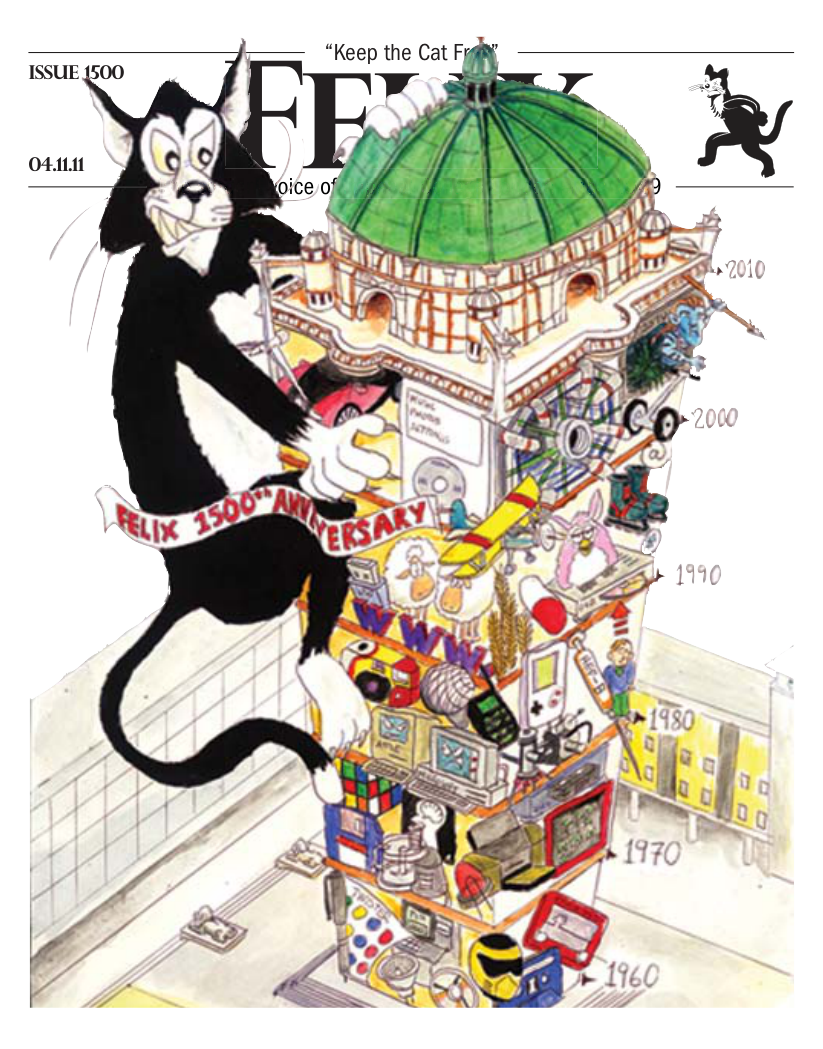The Portrait of the Cook as a Young Man
Unravelling a cooking conundrum

Looking back with the aged eyes of a fourth year, I can reflect on my experiences here and divise a pattern, common to all who pass through these halls. As a child, food was just food. Food was also delicious. In university, food is still delicious but it is suddenly so much more complicated. For the first time in my life, I am responsible for my own sustenance. With a few mistakes made along the way, I am somehow still alive. There seem to be several distinct stages that a student will pass through during their time here.
The first stage involves a strong affinity with tin cans. The fresher student, unlearned in the ways of the kitchen, subsists on a diet of things that he or she can liberate from their tinned prisons. It has its analogies with the dawn of civilisation, when early man made proficient tools. Such tools obviously included the can-opener. This proto-stage of culinary evolution lasts generally for a term, maybe less, and ends violently with the realisation that the bargain curry in a can was not actually fit for human consumption.
This is followed by the second stage, where outrage at chowing down on Shergar drives the student to learn to cook. Nothing too complicated at first but with experience comes imagination. The tenets of this stage are that the food is simple, filling, and definitely came from an identifiable animal. Pastas and curries prevail in this phase.
The third stage is a natural progression of the second. It will start with the cheeky addition of herbs and spices to an otherwise-pedestrian Bolognese, and will grow into three-course meals cooked from scratch. Cookery programmes and cookbooks, presents from well-meaning and concerned relatives which, untouched until now, are devoured with enthusiasm. This stage is a culinary renaissance for the student, as ancient wisdom is rediscovered and adapted for the modern table.
There is a time for beans on toast and a time for Moroccan lamb tagine followed by raspberry compote
This comes to an abrupt, explosive end. The palate may cry for Waitrose’s finest virgin olive oil and saffron, but the wallet and the body cry for rest. Exhaustive in time and money, this stage collapses under the strain of its own excess. Replaced by a stage epitomised by food requiring a minimal amount of effort, time and money. This is age of the take-away and vegging out in front of season box-sets of Grey’s Anatomy and The Wire. This stage teaches the student valuable lessons about making food last longer (often several days) and the sagacity of vouchers and coupons, and gives them greater appreciation for distant cultures. Mainly Italy and China.
The death knell of this stage is sounded when the student spends a little too long looking in the mirror, and does not like what they find there. A rejuvenation occurs, passion rekindles, interest in the kitchen blossoms again. Wise from the lessons of the previous stages, the student is enlightened. Everything in moderation. There is a time for beans on toast and a time for Moroccan lamb tagine followed by raspberry compote. There is a time for a hearty bowl of spaghetti and time for a Dominos thick crust special. Usually on Tuesdays. Now, the student has become the master of the kitchen, Lord over his domain. Finally prepared, perhaps, for the eventual life beyond college walls. Like a fine wine: mature.
This history is by no means complete. I have neglected the lunchtime experiments with various college cafes, the 3am craving for Mars bars and the hypnotic attraction of the fridge light, or the expansion of the role of cereal to all three meals of the day, with or without milk. Though you will find it in no prospectus, this culinary education, a gastronomical evolution, the portrait of a cook as a young man, is one of the finest lessons you will ever learn at university.








